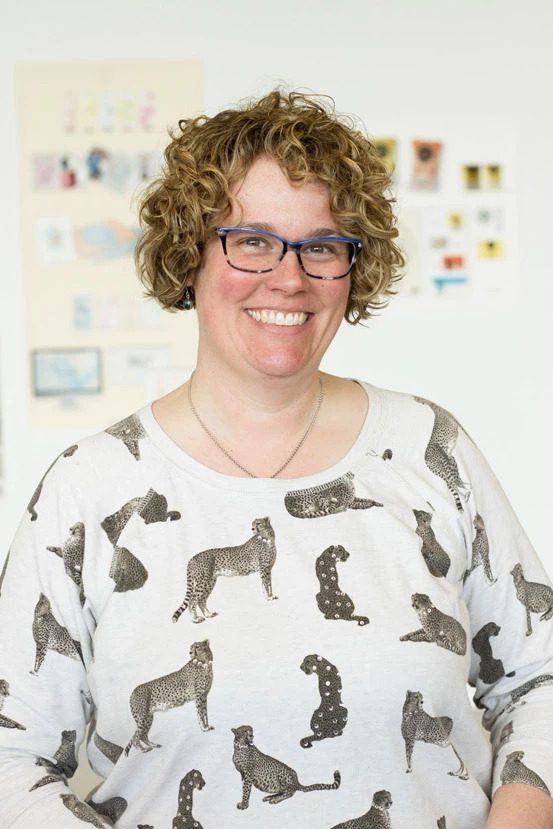
Learning to tell better stories
The world of animated storytelling changes as fast as the technology that makes it — and delivers it.
“Most people have a screen with them at all times. Access to content is the norm,” says Animation Chair Charlotte Belland. “There is a hunger for stories right now, and animation’s role in telling these cultural stories will evolve because the technology, and access to it, are breaking down a lot of institutional barriers.”

All of this is good thing for animators, she said.
As consumers become more savvy and their expectations increase, so do the exciting opportunities for professional animators to tell stories through creative platforms — from Pixar movies to StoryCorps shorts to animated GIFs.
“Animation can tell a story, whether it’s the most literal step-by-step process or the most abstract experience,” Belland says. “Each culture and subculture has a variety of ways to visually express themselves. Animation is any visual media set to time. A sculptor can be an animator. A dancer. A musician. There’s beauty in animation’s cultural breadth to amplify a voice.”
But first, students learn how to find their own — their own voice, and story.
CCAD’s Animation curriculum is designed to build strong fundamental skills alongside experiential learning, ensuring students become adaptive to the real-world workplace and are prepared to learn on the fly in a freelance environment.
Students also learn a lot about the history of animation and its important players, including lesser-known game changers whose stories were once lost in more exclusionary times.
“Learning how the past influences the current conversation and achieving fundamental abilities helps students learn to tell better stories,” Belland said. “And, at the end of the day, a student has to be able to write a story.”

She added that students are encouraged to travel or to take special topics courses so they can deepen their own well of stories to tell.
You can’t tell stories if you don’t have any,” she says. “The nice thing about CCAD is its size. There might be a trip to Ecuador through the Fashion Design department, but a student animator can go, too. Students hear about those opportunities, and the propensity to participate, even if it’s outside your field of study, is high.”
Opportunities abound within the Animation program as well. Belland, for example, leads Cafe Sketch, a class that travels around Columbus to sketch onsite at locations such as local coffee shops, the fairs, or, her favorite, Columbus Zoo and Aquarium. Animals are her best source of artistic expression, and her work explores theintersection of ink drawings and new digital media.
“Part of why I love my job is selfish,” says Belland, who sketches an animal a day for her popular Instagram account @bellandpixel. “By teaching others, my art gets exponentially stronger.”
But her love of teaching didn’t happen immediately. After earning a BFA in Advertising & Graphic Design at CCAD in 1997 and an MFA in Computer Animation from The Ohio State University in 2000, Belland worked as a lecturer at Ohio State.
It wasn’t until she began teaching a traditional hand-drawn animation course — one where she got to teach students how to do the thing she so loved — that she decided she was in it for the long run. She has been teaching Animation at CCAD ever since. That’s nearly two decades of helping students discover their full creative potential.
“It is absolutely amazing to watch someone’s hand skills, drawing, timing skills evolve and to compare where they finished to where they started,” Belland says. “It’s like watching a plant grow on hyperspeed.”
Now there’s something that could be animated.
Learn more about CCAD's Animation Program or apply here.
